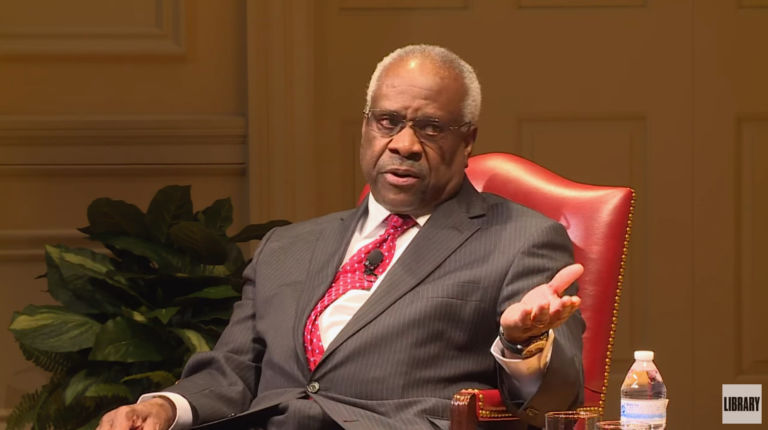Dig into Antiplanner’s analysis of “Transit’s Dim Future” and you find this paragraph (emphasis mine):
Los Angles, Dallas, Phoenix, Baltimore, St. Louis, San Jose, and Charlotte are just some of the urban areas that have spent heavily building new light-rail lines only to see it blow up in their faces as bus ridership sank more than light-rail gained new riders. The introduction of light rail into these regions, most of which were never suited for rail transit, is nothing short of disastrous.
But why does transit have a dim future?
The reality is that gasoline is cheap and autos provide people access to far more jobs and other economic opportunities than transit. This means more people are buying cars and becoming less dependent on transit. Instead of mourning the loss of transit riders, we should celebrate that those people now are likely to have better jobs, housing, and other economic benefits.
Cars are also getting more fuel-efficient, electric cars are getting more affordable, and transit already uses more energy and emits more greenhouse gases per passenger mile than the average car in all but a handful of urban areas. Thus, there is little justification for trying to get people out of their cars and onto transit, which in turn means there is little justification for the tens of billions of dollars of annual subsidies American taxpayers give to the transit industry.
Still, Charlotte—and many other cities–insist on doubling down on light rail.


